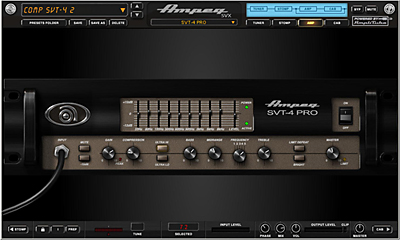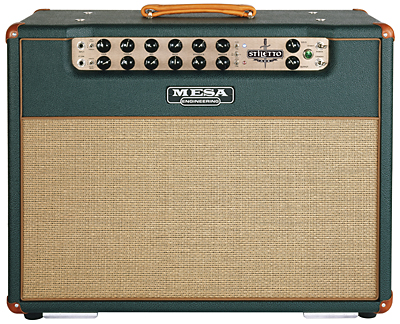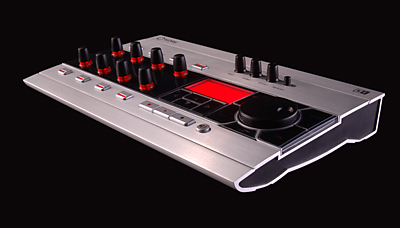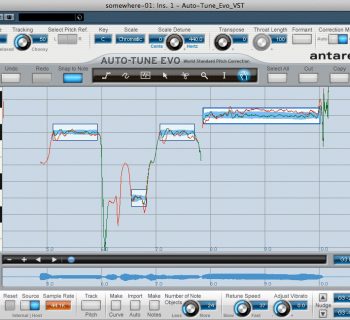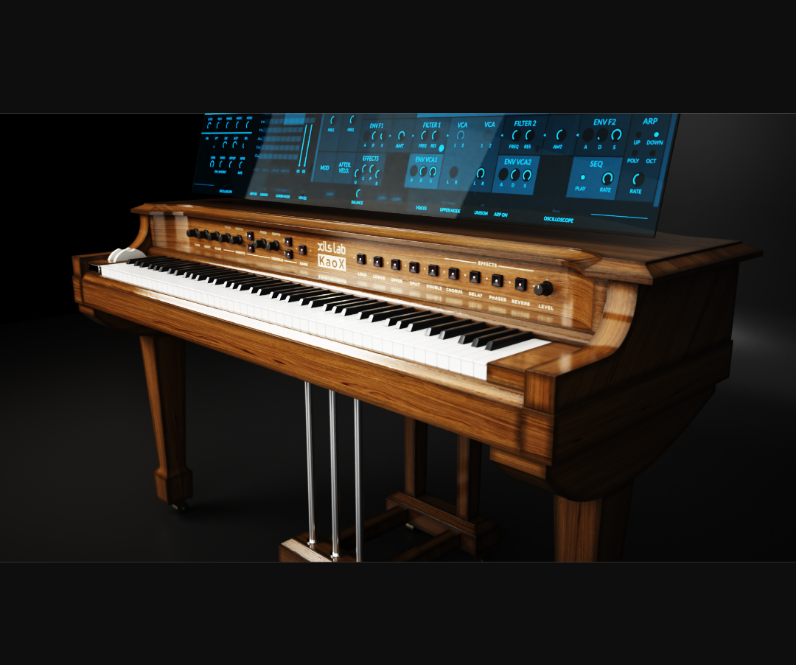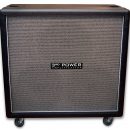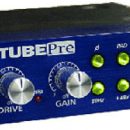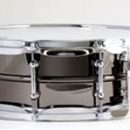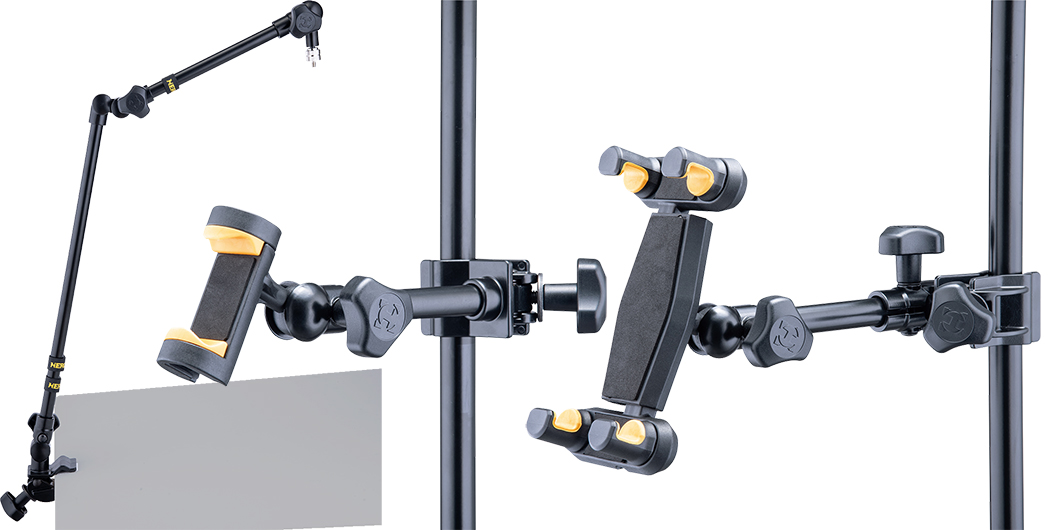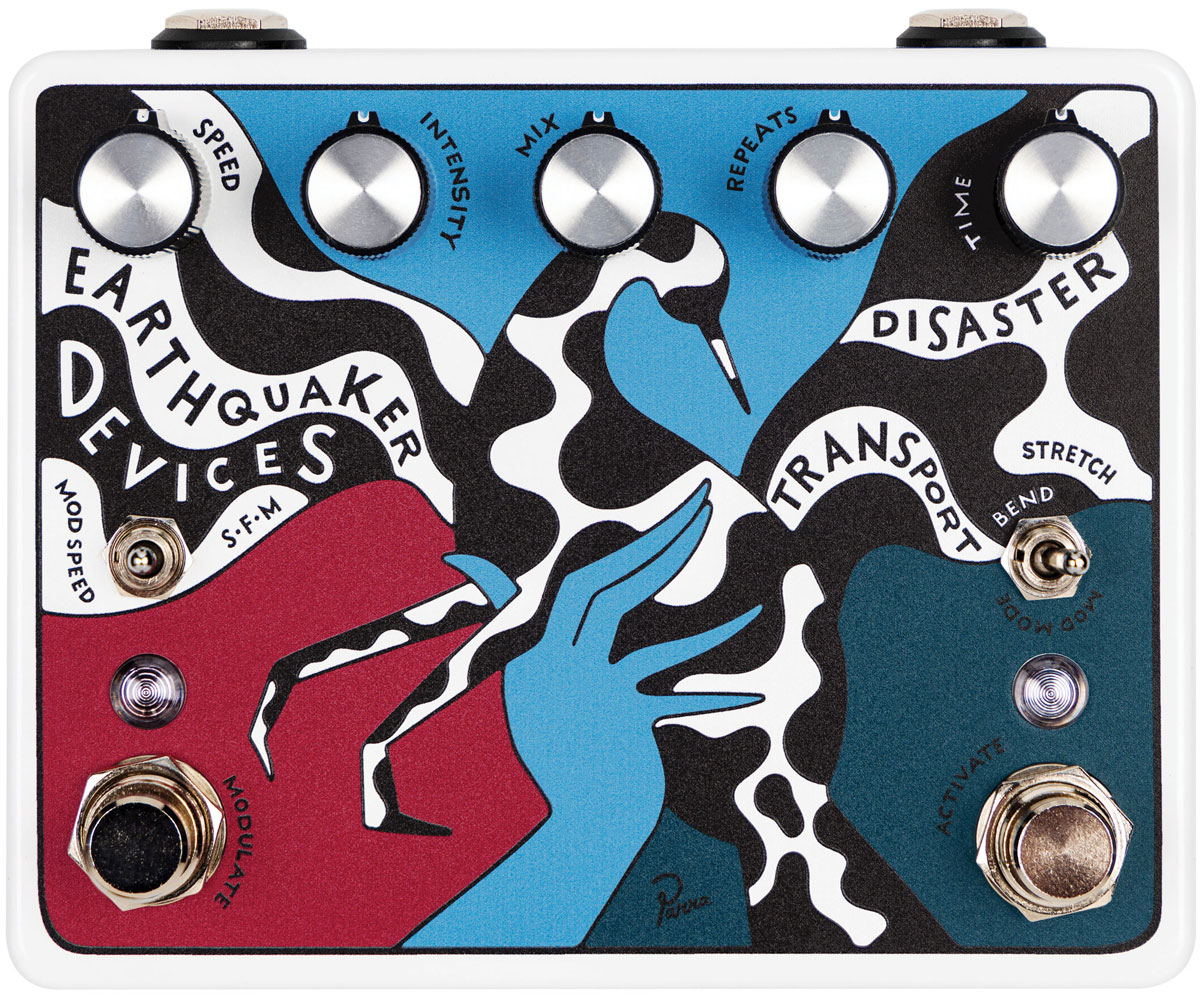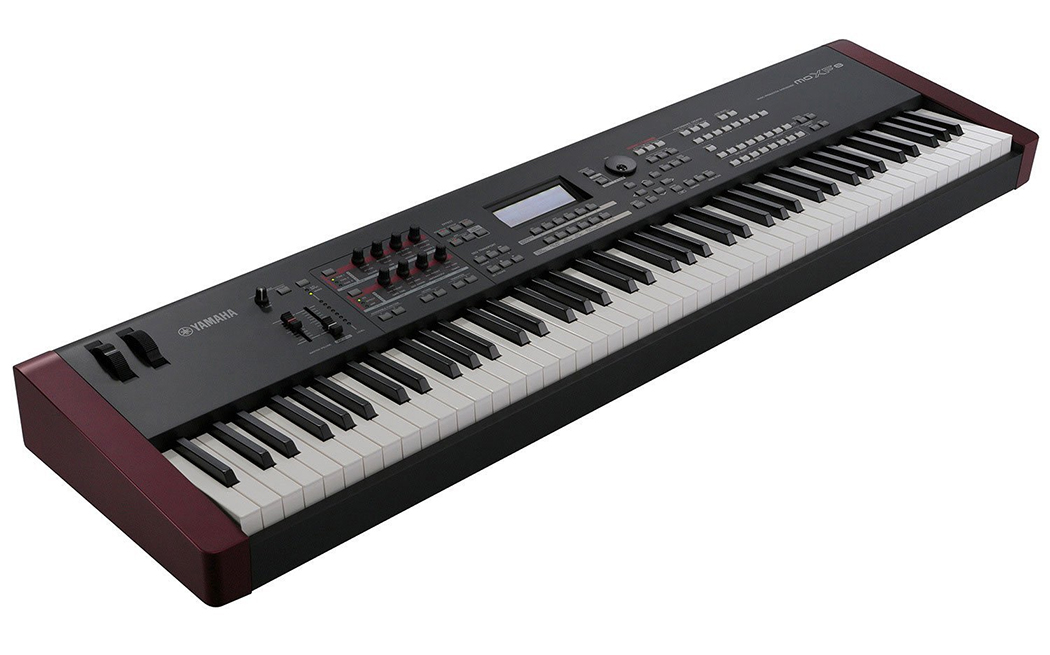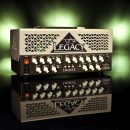
| Category | Value | Rating |
| Features | 20% | |
| Usability | 25% | |
| Sound | 25% | |
| Documentation & Support | 10% | |
| Price | 20% | |
|
|
||
| OVERALL RATING = 3.6, which earns it a WIHO Award.
3.6 stars or better: Outstanding, WIHO Award |
||
Ampeg SVX is a bass amplification plug-in that has taken amp modeling to another level. Rather than model a variety of amps from different manufactures as they did with AmpliTube 2, IK Multimedia partnered directly with bass amp manufacturer Ampeg to create Ampeg SVX. This plug-in features a fantastic collection of virtual amps and cabinets that faithfully reproduces the tone of numerous Ampeg amplifiers and cabinets, providing the bassist or engineer with twenty-four different bass rigs at their fingertips.In addition, Ampeg SVX supplies numerous effects, microphones, signal paths, and room ambience options (all accurately modeled) to create your desired tone. Ampeg SVX comes with numerous preset rigs, but you can go ahead and create (and save) your own custom bass setups.
Before you run out and buy a copy, it is important to consider how useful the application will be to you. For studio use we consider this an outstanding tool that can minimize cost and setup time for both the studio and the client. For the serious bassist that also dabbles in home and project studio recording, having so many Ampeg rigs available at the click of a mouse is both convenient and fun.
If you’re looking to boldly go where few bassists have gone before – using a computer to generate your live bass tone – you will love the sound, but because Ampeg SVX doesn’t run as a stand-alone application, use as a live sound source may prove challenging.
While there are currently no other bass amp modeling-specific plug-ins on the market, if you’re a fan of the Ampeg sound, IK Multimedia’s Ampeg SVX has essentially eliminated the need for further options.
Features
![]() The Ampeg SVX plug-in supports the RTAS, VST, and AU formats on Macintosh OS X, and RTAS, VST on Windows. It is comprised of four modules connected together in the following order: Tuner, Stomp Effects, Amp, and Cabinet, each with controls that can be automated from within your host application.The signal path splits between stomp effects and the amp allowing for mixing of the wet signal from the cabinet and a direct signal coming from the stomp effects. Each module has a Mute/Bypass feature, so you are able to adjust the signal chains as desired and use only the parts of the signal path you need. For example, you can use the stomp effects alone if you have no need for an amp and cabinet
The Ampeg SVX plug-in supports the RTAS, VST, and AU formats on Macintosh OS X, and RTAS, VST on Windows. It is comprised of four modules connected together in the following order: Tuner, Stomp Effects, Amp, and Cabinet, each with controls that can be automated from within your host application.The signal path splits between stomp effects and the amp allowing for mixing of the wet signal from the cabinet and a direct signal coming from the stomp effects. Each module has a Mute/Bypass feature, so you are able to adjust the signal chains as desired and use only the parts of the signal path you need. For example, you can use the stomp effects alone if you have no need for an amp and cabinet
The Tuner module is a fully automatic chromatic tuner, can be muted for tuning in live performances, and can be turned Off to conserve system resources.
The Stomp module consists of SCP-OD Overdrive, SPC-OCT Octaver, Analog Chorus, Analog Delay, Bass Wah, Compressor, Envelope Filter and Volume Pedal. You can use up to six stomp effects at the same time, and they all have fully functional dials and switches to emulate real pedals.
The Amp module consists of four options: BA-500, B-15R Portaflex “Flip Top”, SVT-Classic, and SVT-Pro. The front-panel controls are identical to those found on the real amps.
The Cab module consists of Cabinets and Microphones. You have a choice of six speaker cabinets: BA-500 (2x10), B-15R (1x15), BXT-410H (4x10), PB-212H (2x12), SVT-410H (4x10), and SVT-810E (8x10). The six microphone choices include Dynamic 20, Dynamic 57, Dynamic 421, Vintage Dynamic 20, Condenser 87, and Condenser 414; all modeled after popular recording microphones. The position of the microphone can be placed On- or Off-axis, distance can be adjusted with a Far/Near switch, and room ambience can be adjusted to taste with a slider, helping to create a “natural” reverb.
Ampeg SVX comes with many preset configurations that you can scroll though and audition. You can also create and save your own amp setups. Some bassists may find the fixed signal path limiting – your pedal-based effects always come before the amp. We would like to see a future update bring back the effects loop section from these amps so that we can move the effects to a post-EQ location.
We would also love to see a non-hosted, stand-alone version of Ampeg SVX become available. The sound is so good that this would facilitate its use as a live bass sound source, and it would also simplify using Ampeg SVX as a handy quick practice tool.
Usability
![]()
We tested Ampeg SVX on a Pentium D 2.8 Ghz dual-core system running Windows XP Home Edition SP2 with 2 GB RAM and Digidesign Pro Tools LE 7.1.Installation was straightforward, but the program requires an iKey USB dongle (included with the software) plugged into your computer. The dongle contains your license, so you can run the software on multiple computers (not simultaneously). The license can also be transferred to another dongle, convenient if you make use of other IK Multimedia plug-ins and software applications.
Ampeg SVX was easy to navigate and should be a breeze for anyone that has any experience with audio software. All of the controls and signal chains act and respond as they would in a real setup, so controlling the modules should be straightforward for any bass player or musician.
Level adjustments caused us some annoyances because each setup changed the output level to our host application, often causing the signal to clip. Input and Output gain level controls are provided to keep the signal at a suitable level, but this can become tedious for auditioning different presets. As we felt when reviewing AmpliTube 2, an auto-level switch would be a useful addition for use when auditioning sounds.
As with other computer-based amplification and effect products, control of certain features is limited to what you can accomplish with a mouse or control surface. We found use of the Volume and Wah pedals limited because it required using our mouse to control the Up and Down motion. Luckily there was an auto-wah function that worked nicely, and we were able to automate volume and wah curves on our recorded bass tracks. For those who need to record with a wah, they may prefer recording/playing with an actual wah pedal for the time being. When IK Multimedia releases their announced StompIO foot controller, users should be able to connect the expression pedal of their choice for real-time control.
Like all audio software, there is concern regarding latency. Ampeg SVX doesn’t have steep system requirements of its own, but as with other modeling plug-ins, best results will be achieved running this plug-in on a powerful computer (in part because of the overhead created by the host application). With the right combination of hardware and playback settings on our Windows-based Pro Tools 7.1 system, we did not experience any latency.
Sound
![]()
Having played through numerous Ampeg rigs over the years, we have to say that the sound quality of Ampeg SVX is outstanding! The modeling is so well done that few people (if any) would ever know that the bass sound on a recording came from this plug-in as opposed to the real thing. Each amp, cabinet, and microphone responded and sounded great; they all represented their inspirations accurately.In addition, the stomp boxes are of the highest quality. One that really stood out to us was the Octaver because we had never heard an Octave pedal track bass guitar so well (and without any dropouts). While some purists will disagree, we think that using Ampeg SVX can take the place of many, but not all, bass rigs in the studio, and possibly find its way on stage. If you don’t believe us, record some direct bass tracks and add this plug-in.
We were able to create so many different bass sounds from Ampeg SVX, not only by choosing our amp, cabinet, microphone and effects, but significant differences were achieved through choosing the location of the microphone, room ambience, Wet/Dry signal mixes, and bypassing different modules.
We did find a few limitations, chiefly not being able to overdrive our speakers, and not being able to customize the signal path.
Given the outstanding quality of the Ampeg bass amp models, it would be nice to see other amps and cabinets modeled too, but we think IK Multimedia made a great decision choosing to team up with Ampeg for their first dedicated bass offering, since Ampeg is such a well-known and popular manufacturer of bass amplification.
Documentation and Product Support
![]()
The documentation provided is well written and easy to understand. Each module and function was explained in just the right amount of detail so that we knew how to do everything, but were not overburdened with too much information. The User’s Guide provided information for using Ampeg SVX within Pro Tools, Cubase, Logic, Digital Performer, Sonar, Live and Garageband.We had one issue with Ampeg SVX that required IK Multimedia support. Most of the buttons and switches stopped functioning when Propellerhead Reason 3.04 was running as a plug-in on another track. We ran a simple test of Ampeg SVX in a Macintosh-based Pro Tools LE studio with Reason and did not experience this issue, so it may be a Windows-specific problem at the moment. IK Multimedia responded quickly, but without a solution.
Ampeg SVX has its own dedicated web site, but the FAQ section is still under construction as of August 2006, so there was little support to be found there.
Price
![]()
Ampeg SVX (MSRP $399) sells for $320, and approximately $220 for the upgrade/cross-grade from other versions of the AmpliTube products. For those seeking an immediately useful studio tool for recording bass, the price is well worth the cost of admission, but for casual users, we find the price of the full product to be slightly expensive.
Contact Information
IK Multimedia
www.ampegsvx.com
www.ikmultimedia.com

